The Challenges and Triumphs of Filming on Location
Filming on location immerses viewers in authentic worlds that resonate with realism and emotion. Through research and captivating examples from filmmaking history, we illuminate the transformative power of on-location filming and its enduring legacy in the world of cinema.

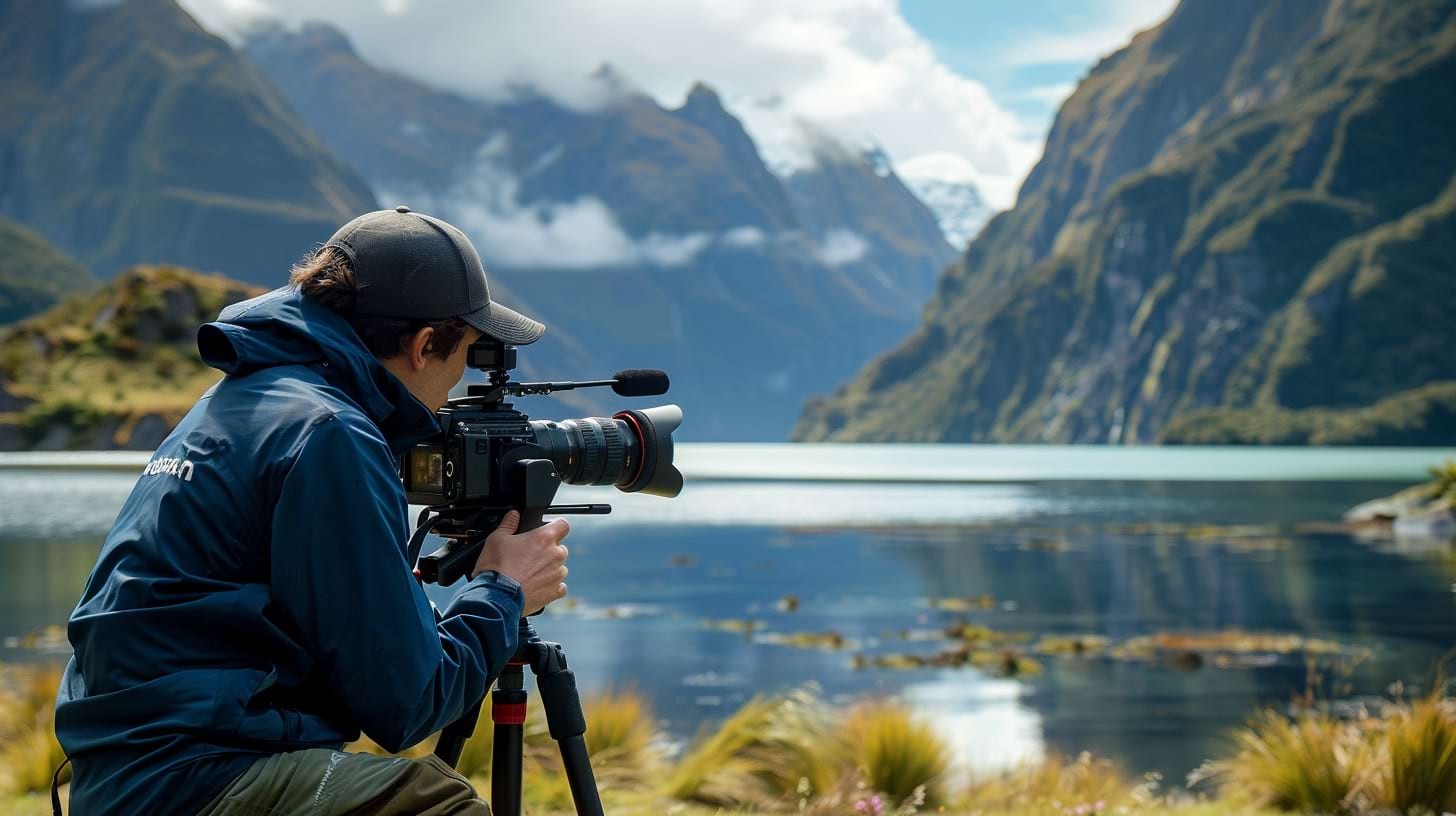
At the heart of on-location filming lies a quest for authenticity of cinema that resonates deeply with audiences. From the rugged landscapes of New Zealand in "The Lord of the Rings" trilogy to the bustling streets of Mumbai in "Slumdog Millionaire", each location serves as a character in its own right, shaping the narrative and enriching the viewer's experience.
Yet, the path to capturing authenticity on film is fraught with challenges and logistical hurdles. Filmmakers must contend with unpredictable weather conditions, navigate complex permit requirements, and coordinate with local communities to ensure a seamless production process.
✨ Despite these obstacles, the fascination with on-location filming endures, driven by the promise of creating cinematic treasures that resonate with audiences on a visceral level.
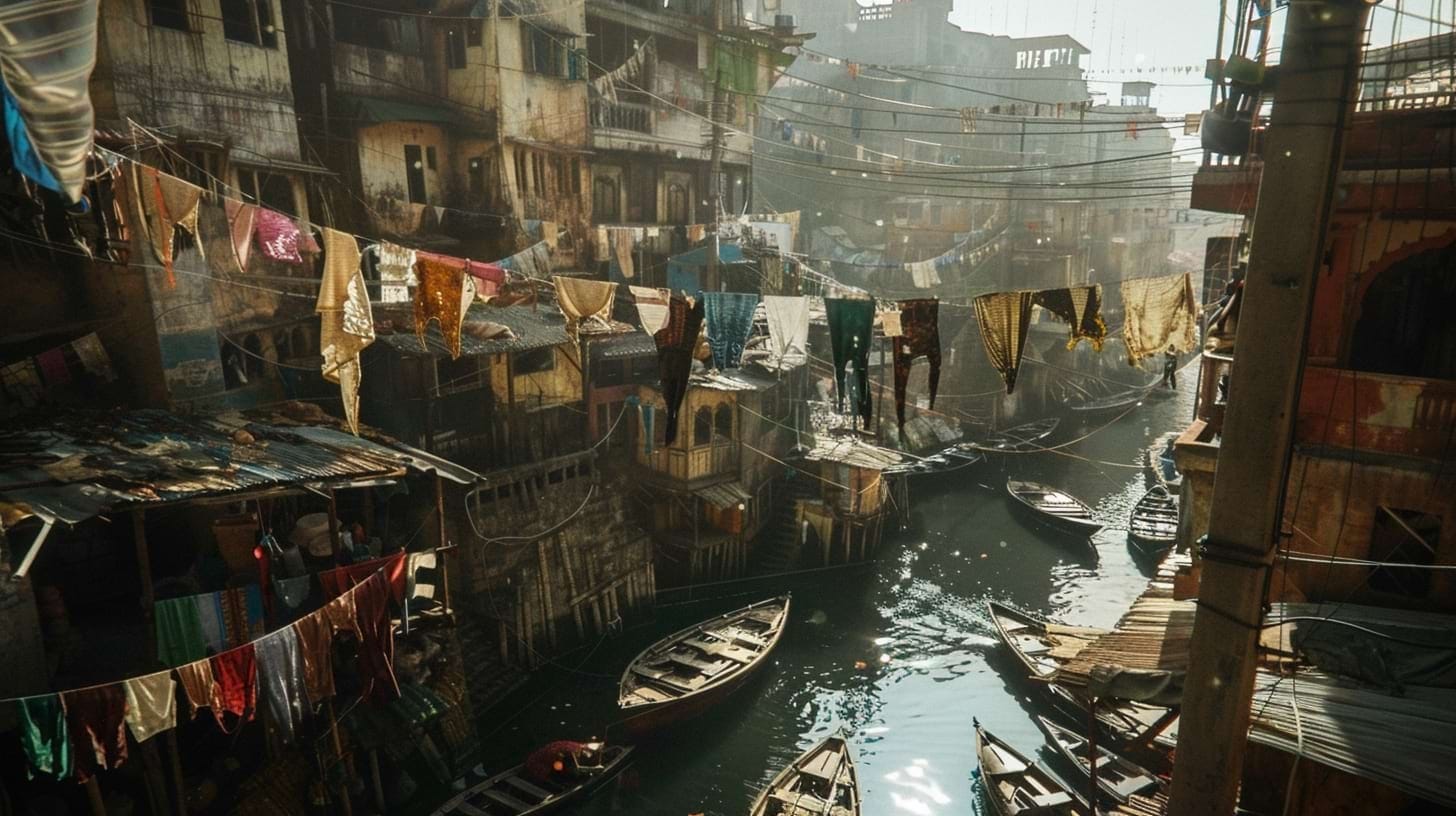
The Allure of Authentic Scene Setting: Where Cinema Meets Reality
For filmmakers, the natural settings are living, breathing characters woven into the story's texture. While elaborate studio sets provide control, authentic locations have an undeniable allure.
But why brave the logistical hurdles and unpredictable elements of real-world shooting?
Let's explore the following reasons for that:
Authenticity Breeds Immersion 🎬
Imagine the sterile perfection of a studio-built medieval village compared to the rugged charm of a real-life Tuscan town. Take Stanley Kubrick's "Barry Lyndon" (1975), filmed in meticulously chosen European palaces and gardens. The historically accurate setting is a tangible testament to 18th-century opulence, immersing audiences in a bygone era.
Nature's Scenic Beauty 🌿
The splendor of nature adds an unmatched depth and power to films. The unpredictable elements, ever-changing light, and raw textures create a dynamic backdrop that studio sets simply can't replicate. Remember the iconic opening sequence of "The Lord of the Rings: The Fellowship of the Ring" (2001)? The sweeping vistas of New Zealand's mountains embodied the vastness and majesty of Middle-earth itself.
Local Texture and Cultural Nuance 🏙️
Real locations offer a lot of cultural details and local flavor that studio sets often lack. Think of Wong Kar-wai's "In the Mood for Love" (2000), filmed on the bustling streets of Hong Kong. The film captured the city's unique blend of neon lights and modern vibrancy, leading viewers into the emotional state of the characters.
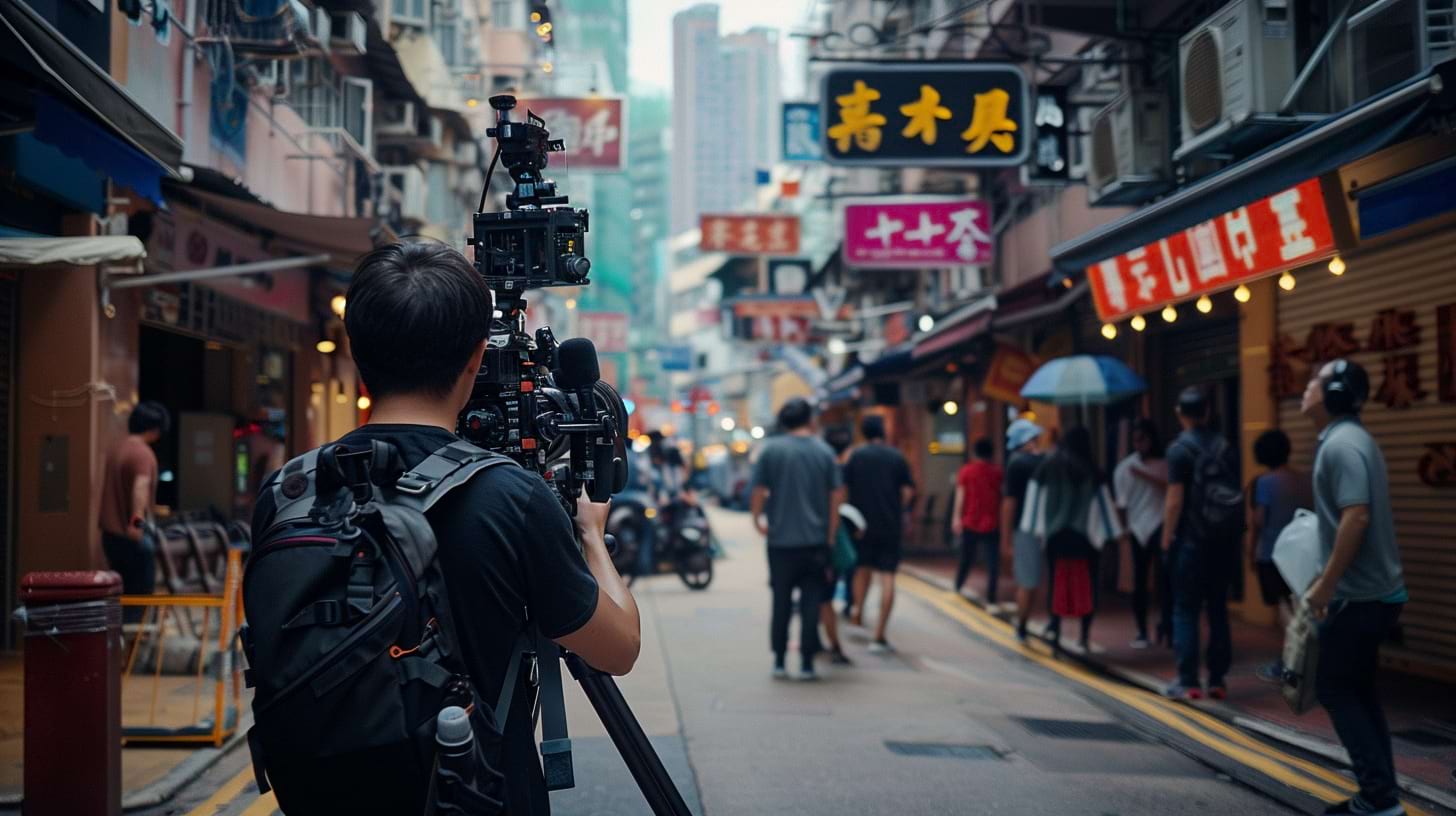
A Platform for Storytelling 📜
Authentic settings can unlock hidden storytelling potential. The local customs and even the physical limitations of the space can spark creative ideas and shape the narrative in unexpected ways. David Lean's "Lawrence of Arabia" (1962) wouldn't have been the same without the vast, unforgiving desert landscapes pushing the characters to their limits.
The Power of Sound 🎶
Real locations offer a symphony of natural sounds. The chilling wind howls in "The Shining" (1980) was an integral part of the film's unsettling atmosphere.
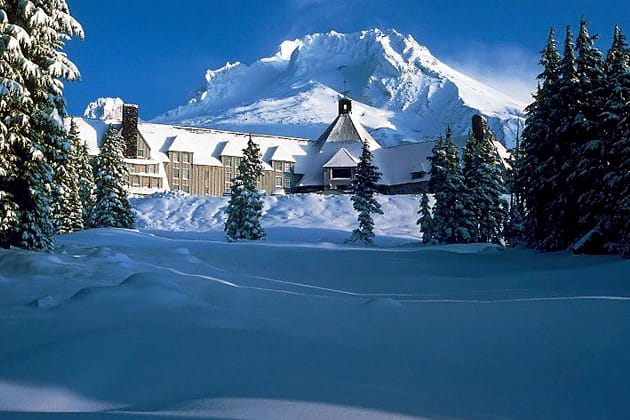
✨ Opting for cinematic landscapes presents its own set of obstacles. Logistical complexities, weather disruptions, and unexpected costs are all part of the equation. But for filmmakers seeking authenticity, the rewards far outweigh the risks.
The Obstacles of Location Filming Adventures
Despite the undeniable appeal of on-location filming, filmmakers face significant production challenges, from weather dependencies to logistical hurdles. So, let's explore the potential roadblocks:
Nature's Unpredictable Script ️❄️☀️
Weather can be a formidable foe, delaying shoots, ruining equipment, and forcing costly rescheduling. While weather tracking and contingency plans are crucial, sometimes Mother Nature can be unpredictable.
Navigating the Bureaucracy Maze ️🗃️
Filming permits can be a complex and time-consuming hurdle. Different locations have varying regulations, fees, and application processes, demanding thorough research and early engagement with local authorities. Failing to secure the necessary permits can result in fines, delays, and even confiscation of equipment.
Logistical Labyrinth 🗺️
Remote locations offer stunning backdrops, but accessibility can be a nightmare. Transporting delicate equipment through treacherous mountain roads or finding suitable accommodation for a large crew in a rural village is not an easy task. Careful planning for transportation, logistics, and crew welfare is essential.
Cultural Crossroads: Building Rapport and Local Cooperation 🤝
Filming in foreign locations requires sensitivity and respect for local cultures and customs. Differences in cultural or religious views can greatly complicate the shooting stage.
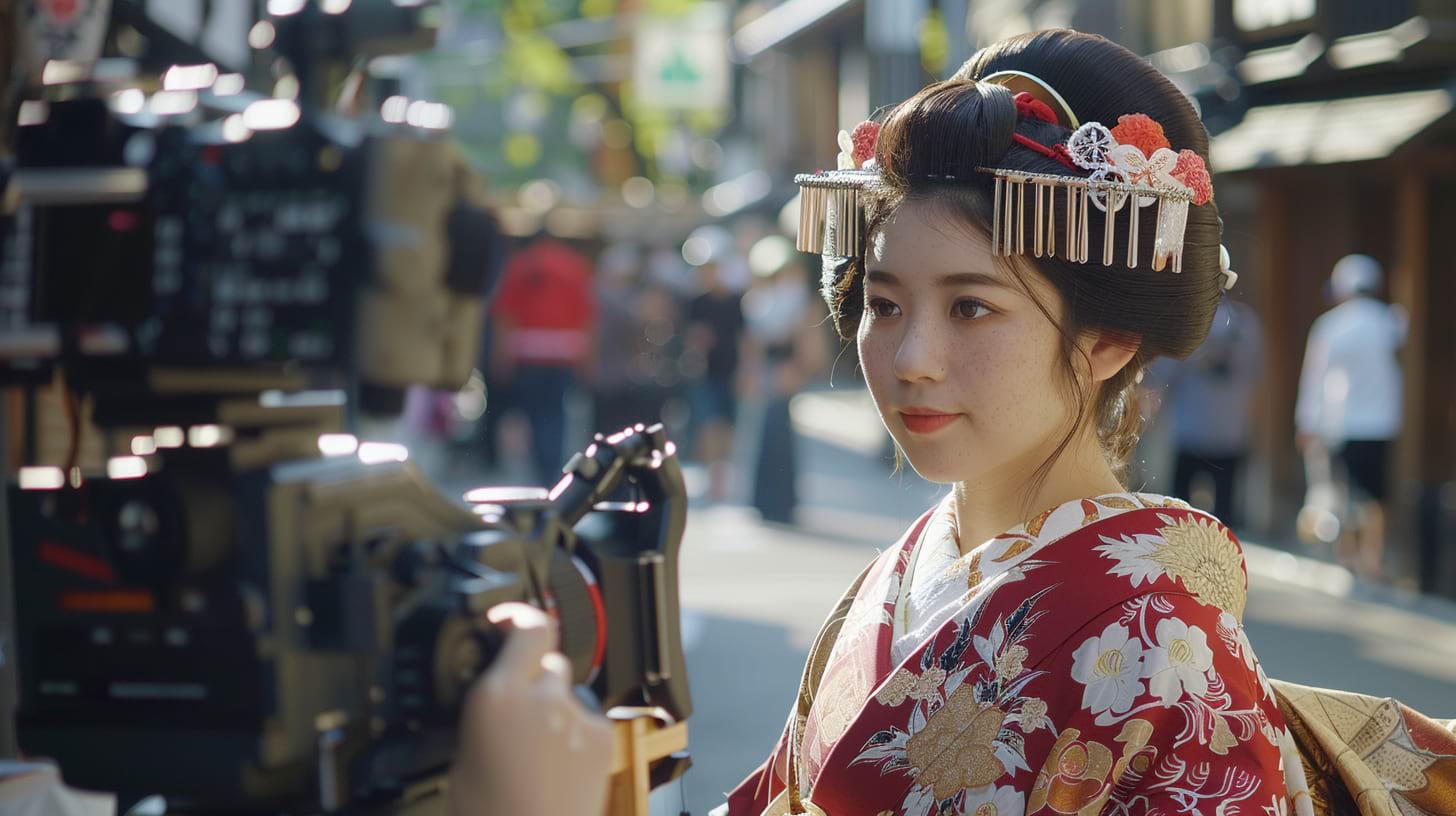
Unexpected Extras: Budgeting for the Unforeseen 💸
Hidden costs lurk around every corner in location filming. Unexpected permit fees, changes in local regulations, or damage caused by unpredictable elements can quickly eat into your budget. Maintaining a buffer for unforeseen expenses and having a flexible mindset are crucial.
✨ By carefully planning, anticipating potential hurdles, and embracing flexibility, you can transform these obstacles into opportunities for creativity and a truly unique cinematic experience.
Strategies for Success in Location Filming
From careful location scouting to navigating complex filming permissions and weather conditions, filmmakers must employ a range of strategies to ensure the success of their projects. Here are some key insights into overcoming obstacles in location filming:
Location Scouting 📍
Thorough location scouting is your first line of defense. Visit potential locations during different seasons and times of day to understand lighting, noise levels, and accessibility.
- Local Expertise: Leveraging the expertise of local scouts and guides is invaluable in uncovering hidden opportunities and navigating unfamiliar terrain. They can possess intimate knowledge of the region's geography, culture, and logistical nuances, enabling filmmakers to make informed decisions and maximize the potential of each location.
- Virtual Tools: In an increasingly digital world, virtual scouting tools have emerged as indispensable assets for filmmakers. Utilizing satellite imagery, virtual tours, and augmented reality platforms, filmmakers can explore potential locations remotely, saving time and resources while gaining valuable insights into each site's suitability for filming.
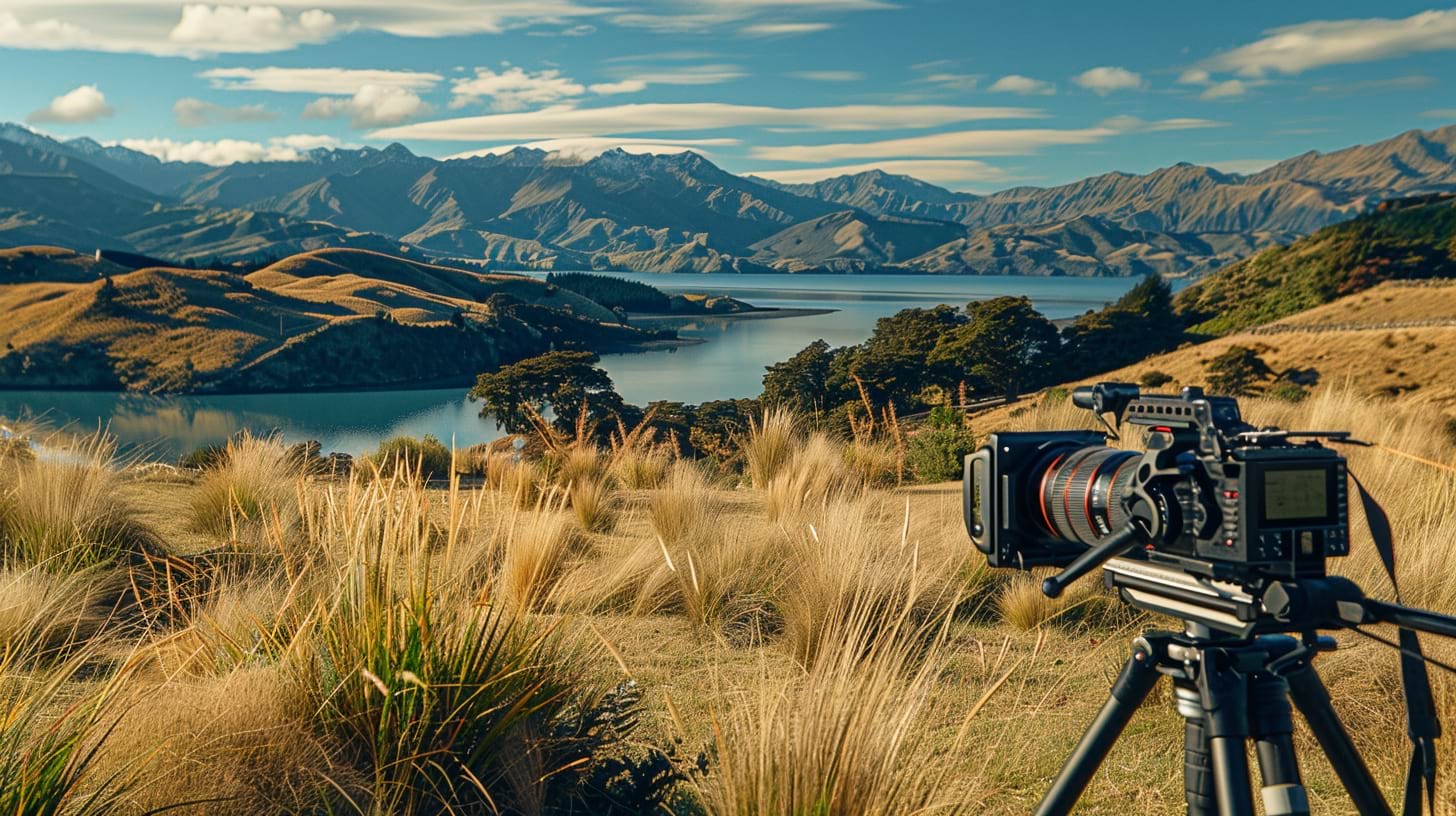
Navigating Filming Permissions 📜
- Community Engagement: Building positive relationships with local communities is key to gaining support for filming projects and navigating regulatory tasks. By involving residents in the filmmaking process, addressing concerns, and offering tangible benefits such as economic opportunities and cultural preservation initiatives, filmmakers can foster goodwill and secure the necessary permissions with greater ease.
- Legal Compliance: Securing the necessary filming permits and permissions is essential for avoiding legal complications and ensuring a smooth production process.
- Government Liaison: Establishing open lines of communication with government officials, regulatory agencies, and law enforcement authorities is crucial for navigating bureaucratic processes and obtaining timely approvals.
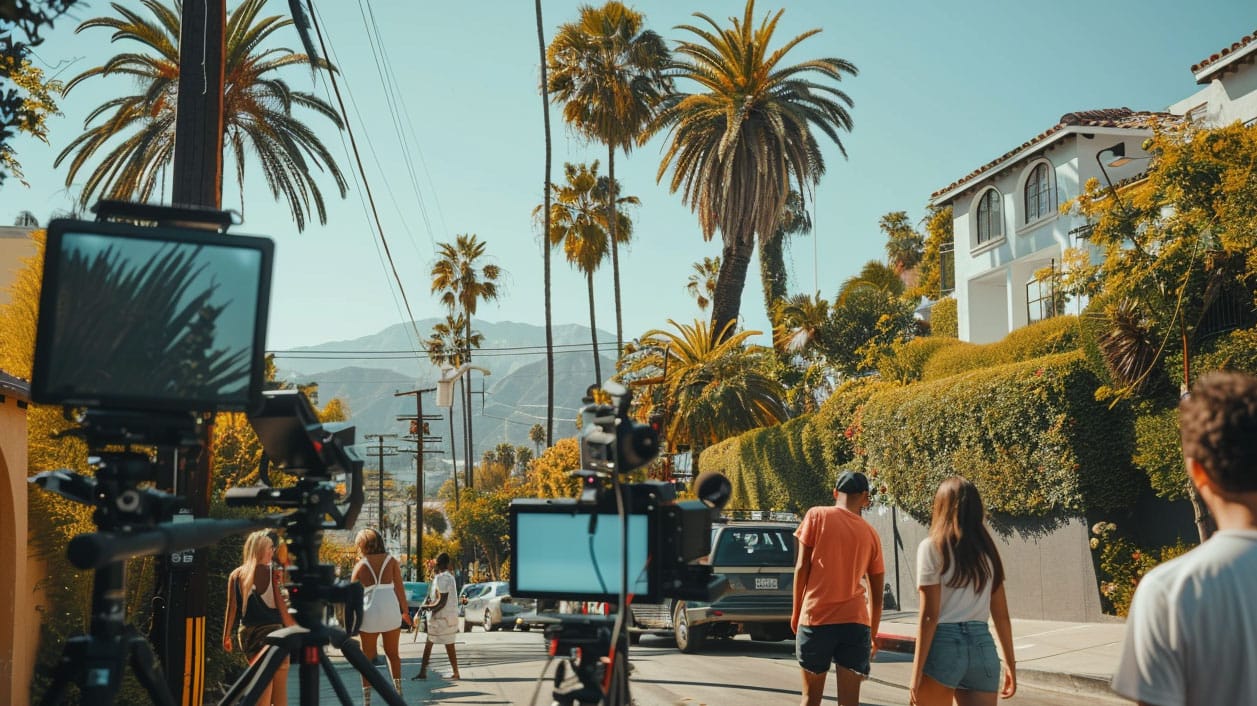
Adapting to Weather Conditions 🌦️
- Contingency Planning: Weather unpredictability is an inherent risk in on-location filming, requiring filmmakers to develop comprehensive contingency plans to mitigate its impact. From flexible shooting schedules to backup locations and alternative scenes, proactive planning is essential for minimizing disruptions and maintaining production momentum in the face of adverse weather conditions.
- Technical Solutions: Embracing technological innovations such as weather monitoring systems, climate-controlled equipment, and advanced lighting techniques can help filmmakers adapt to changing weather conditions on set.
- Creative Adaptation: Rather than viewing inclement weather as a hindrance, filmmakers can embrace its transformative potential as an opportunity for creative adaptation. Rain, snow, fog, and wind can add depth, texture, and drama to cinematic scenes.
✨ By embracing challenges with a proactive mindset, collaborative spirit, and a dash of creativity, you can transform location filming obstacles into opportunities for growth, cultural exchange, and ultimately, a more powerful and authentic cinematic experience.
Triumphs and Transformative Experiences 🏆
Within the ever-evolving realm of filmmaking, on-location shooting frequently sparks revolutionary narratives, providing filmmakers with chances to engage viewers in mesmerizing tales. Here are just some examples showcasing overcoming location hurdles and local collaboration benefits.
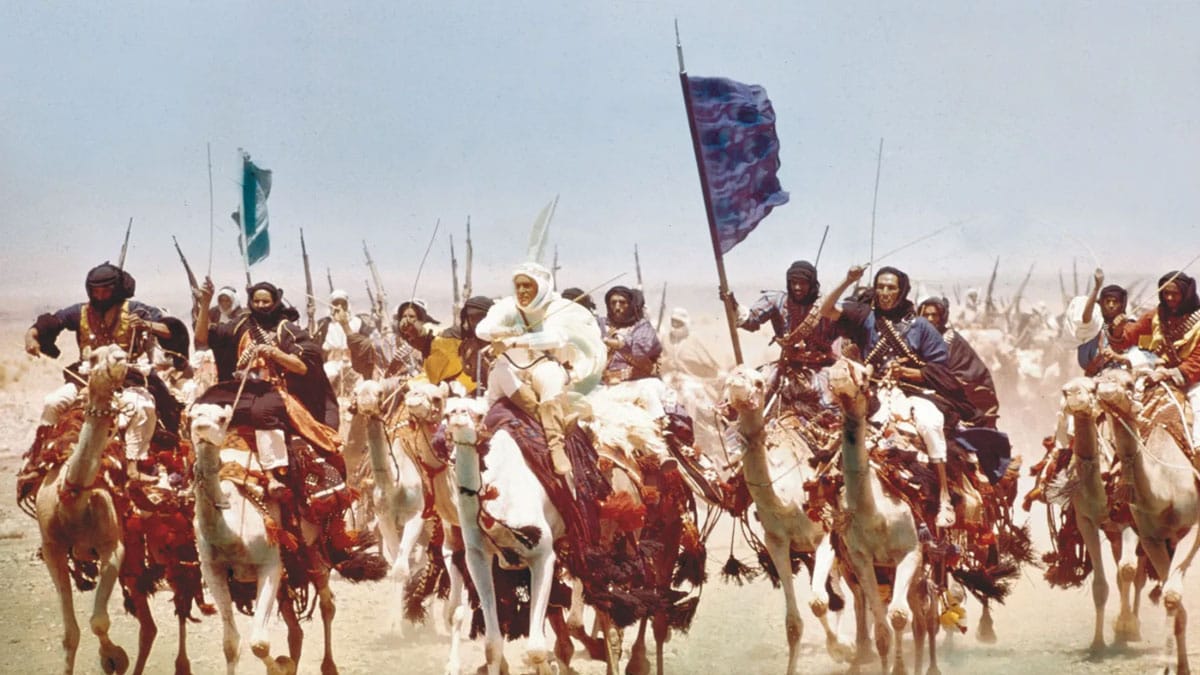
1. "Lawrence of Arabia" (1962):
Set against the sweeping deserts of Jordan and Morocco, David Lean's epic opus "Lawrence of Arabia" stands as a testament to the transformative power of on-location filming. The director and his crew faced uncooperative Moroccan soldiers portraying the Turkish army; harsh desert conditions; logistic and technical challenges. Lean enlisted the support of local authorities, tried to take into account cultural and religious characteristics, and used innovative shooting technologies for that time.
Despite all challenges, "Lawrence of Arabia" remains a cinematic masterpiece, praised for its breathtaking visuals, compelling storytelling, and memorable performances.
2. "The Revenant" (2015):
Directed by Alejandro González Iñárritu, "The Revenant" is a tour de force of on-location filmmaking, renowned for its realism. The film was shot in the wilderness of Canada, Italy, and Argentina. The filming presented several challenges for the production crew: harsh environmental conditions, remote locations, shooting only in natural light (the director's idea), language barriers, and wildlife encounters. The director, actors, and crew traveled long distances daily to get to the locations; shooting in an icy river; hired local guides and translators. Filming in the wild also involved encounters with wild and dangerous animals.
By being incredibly persistent and conducting extensive research with a variety of consultants, protecting both crew members and wildlife, Iñárritu and his team embraced the rugged beauty of the natural landscape, capturing breathtaking visuals that earned critical acclaim and multiple Academy Awards.
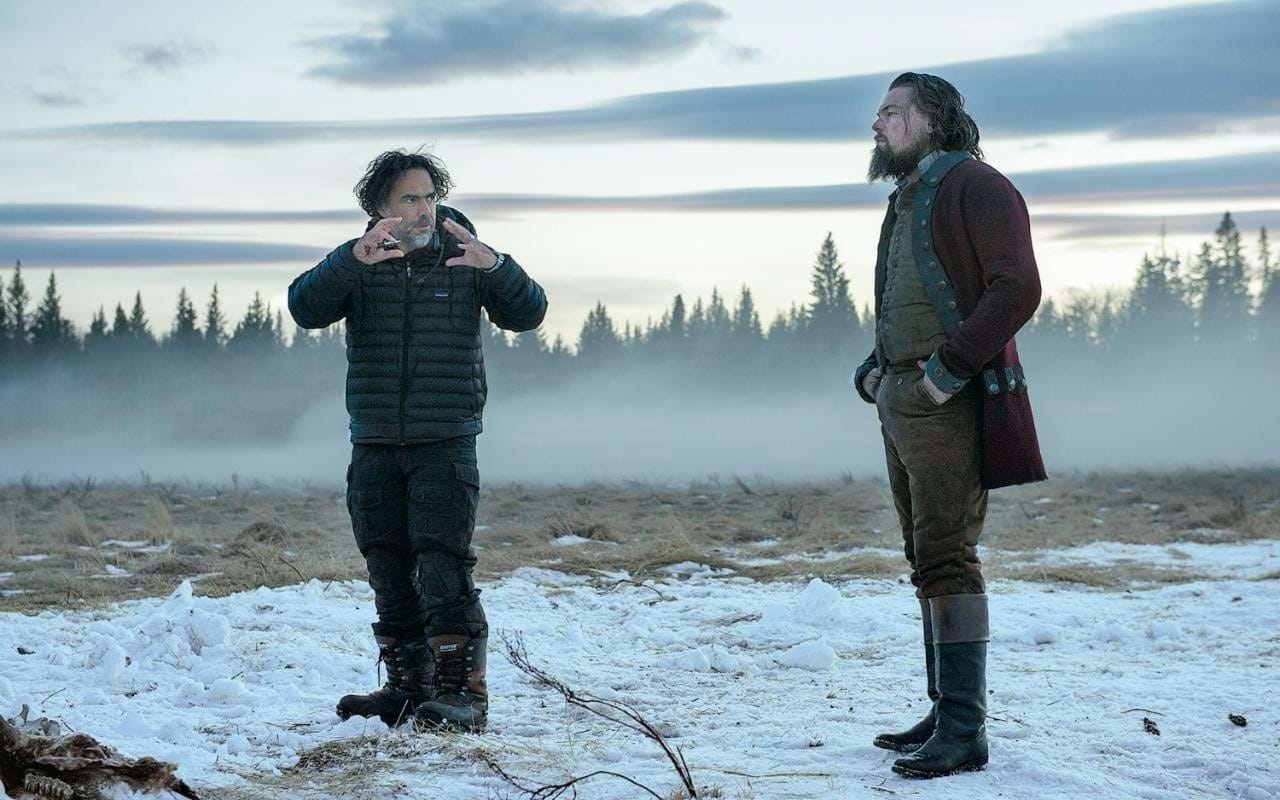
3. "Apocalypse Now" (1979):
The production of "Apocalypse Now" faced numerous challenges during filming, many of which have become legendary in the history of cinema. The movie was primarily filmed in the Philippines, which presented various logistical problems due to its remote and challenging terrain. The shoot was plagued by unpredictable weather conditions, including typhoons and monsoons, which frequently disrupted filming schedules. The remote jungle locations exposed the cast and crew to various health hazards, including malaria and other tropical diseases. Transporting equipment and crew to remote locations, along with securing necessary permissions, posed significant problems.
F.F. Coppola and the crew had to enlist the support of local authorities, explain the sequence of actions to military pilots, increase the budget, and overcome many other difficulties. Eventually "Apocalypse Now" became a landmark film in cinematic history, renowned for its artistic vision and thematic depth.
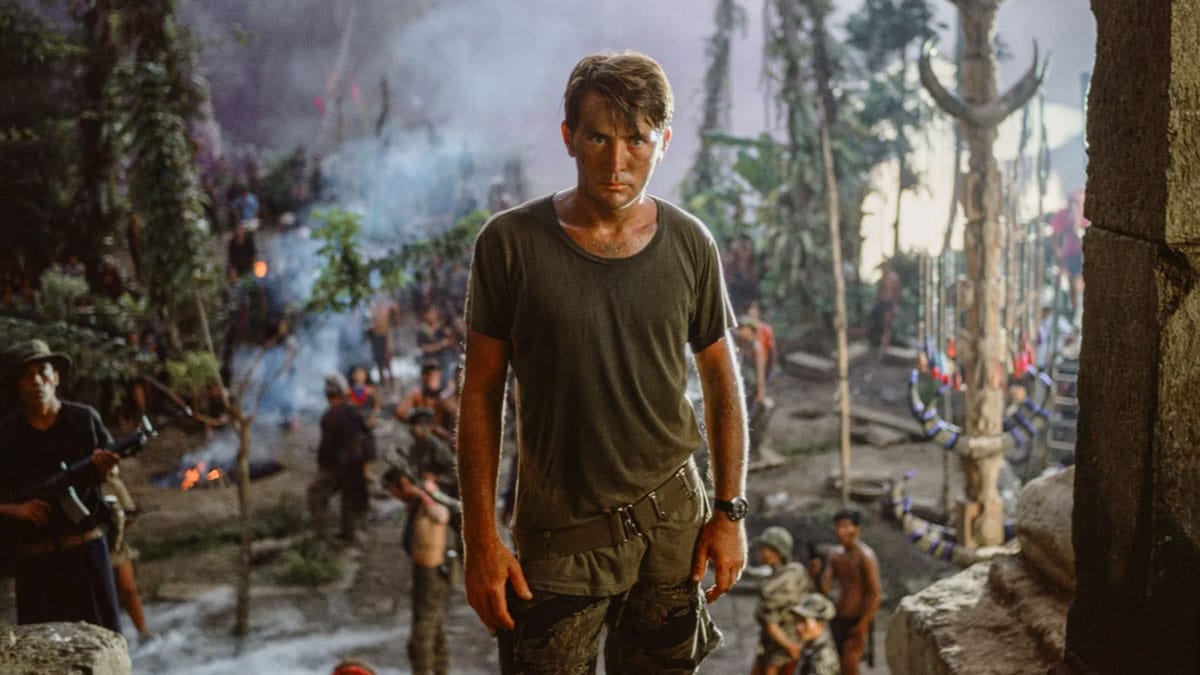
The Role of Technology and Innovation in On-Location Filming
Within the world of movie creation, technology, and innovation have revolutionized the way filmmakers scout, plan, and execute on-location shoots. Here's a closer look at how technology is shaping the landscape of on-location filming:
🌐 Digital Scouting Platforms:
Virtual Reality (VR) and Augmented Reality (AR): VR and AR technologies have transformed the scouting process, allowing filmmakers to explore potential locations in immersive 3D environments. By donning VR headsets or using AR-enabled devices, filmmakers can virtually walk through landscapes, assess sightlines, and visualize camera angles, gaining a comprehensive understanding of each location's cinematic potential.
📸 Drone Photography:
Drones have revolutionized location scouting by providing aerial perspectives that were previously inaccessible or prohibitively expensive. Equipped with high-resolution cameras and GPS navigation systems, drones can capture breathtaking aerial footage of remote landscapes, urban skylines, and architectural landmarks, offering filmmakers unparalleled insights into potential filming locations from above.
📱Mobile Apps and Software Solutions:
Location Scouting Apps: Mobile apps designed specifically for location scouting streamline capturing, organizing, and sharing scouting data on the go. These apps allow filmmakers to geotag potential locations, annotate photos with detailed notes, and collaborate with team members in real time, ensuring efficient communication and decision-making throughout the scouting process.
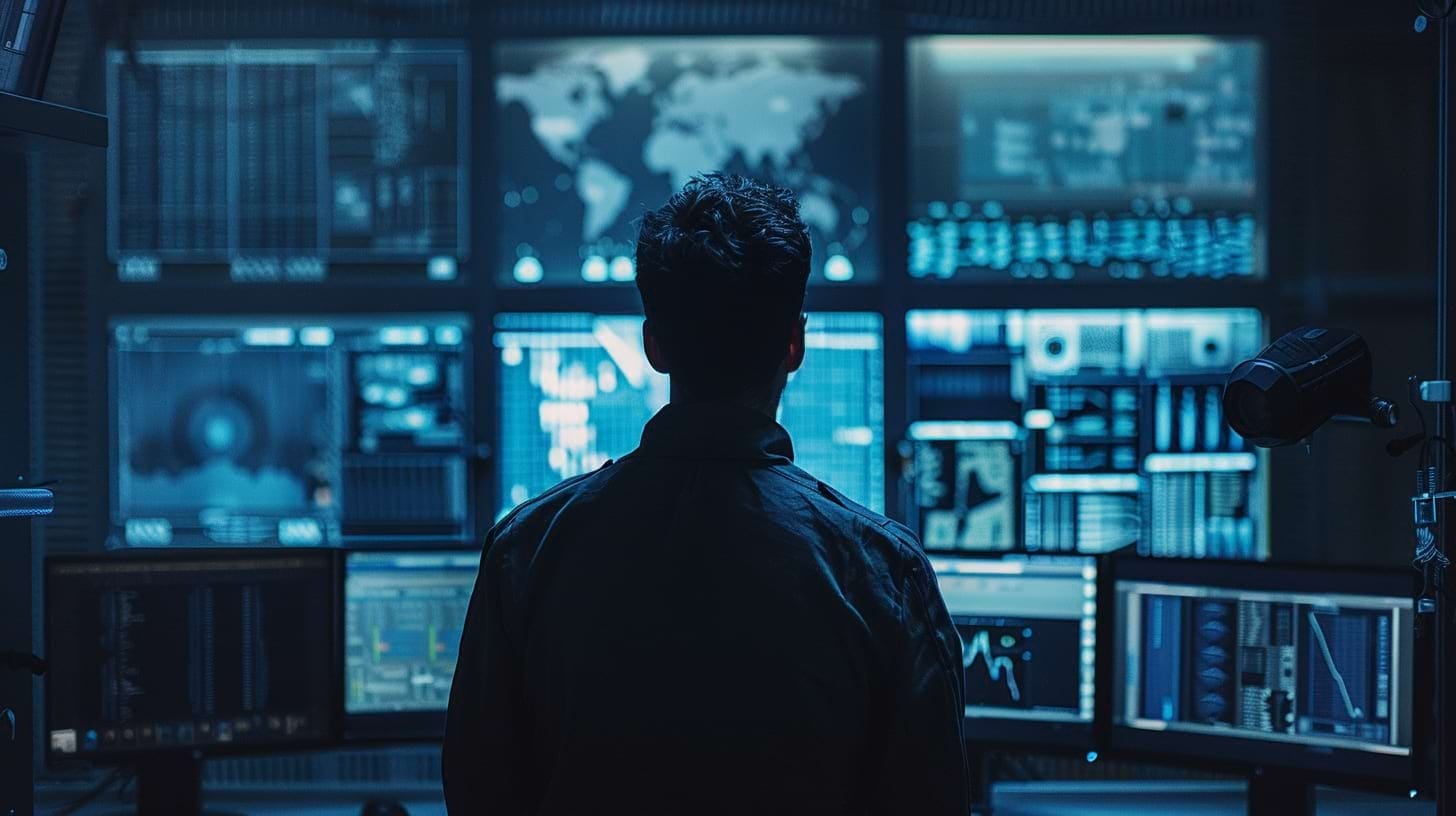
🗺️ GIS Mapping Software:
Geographic Information System (GIS) mapping software enables filmmakers to overlay geographic data onto interactive maps, facilitating informed decision-making during location scouting. By visualizing factors such as terrain elevation, proximity to amenities, and regulatory boundaries, filmmakers can identify optimal filming locations, assess logistical challenges, and plan efficient travel routes.
🔍 Advanced Imaging Technologies:
Light Detection and Ranging (LiDAR) technology uses laser pulses to create highly detailed 3D maps of terrain, buildings, and natural features. By conducting LiDAR scans of potential filming locations, filmmakers can generate precise topographical data, identify potential obstacles or hazards, and plan camera placements with confidence, ensuring optimal visual composition on set.
🔄 360-degree Cameras:
It captures panoramic footage of entire environments, allowing filmmakers to create immersive virtual tours of potential filming locations. By recording spherical videos that can be viewed and navigated in any direction, 360-degree cameras enable filmmakers to remotely explore and evaluate locations from multiple perspectives, facilitating informed decision-making and reducing the need for physical site visits.
✨ By harnessing the power of technology and innovation, filmmakers can discover, evaluate, and capture the perfect settings for their creatures.
Streamlining On-Location Filming with AI
In conclusion, on-location filming stands as a testament to the authenticity and realism that filmmakers strive to achieve in their cinematic endeavors.
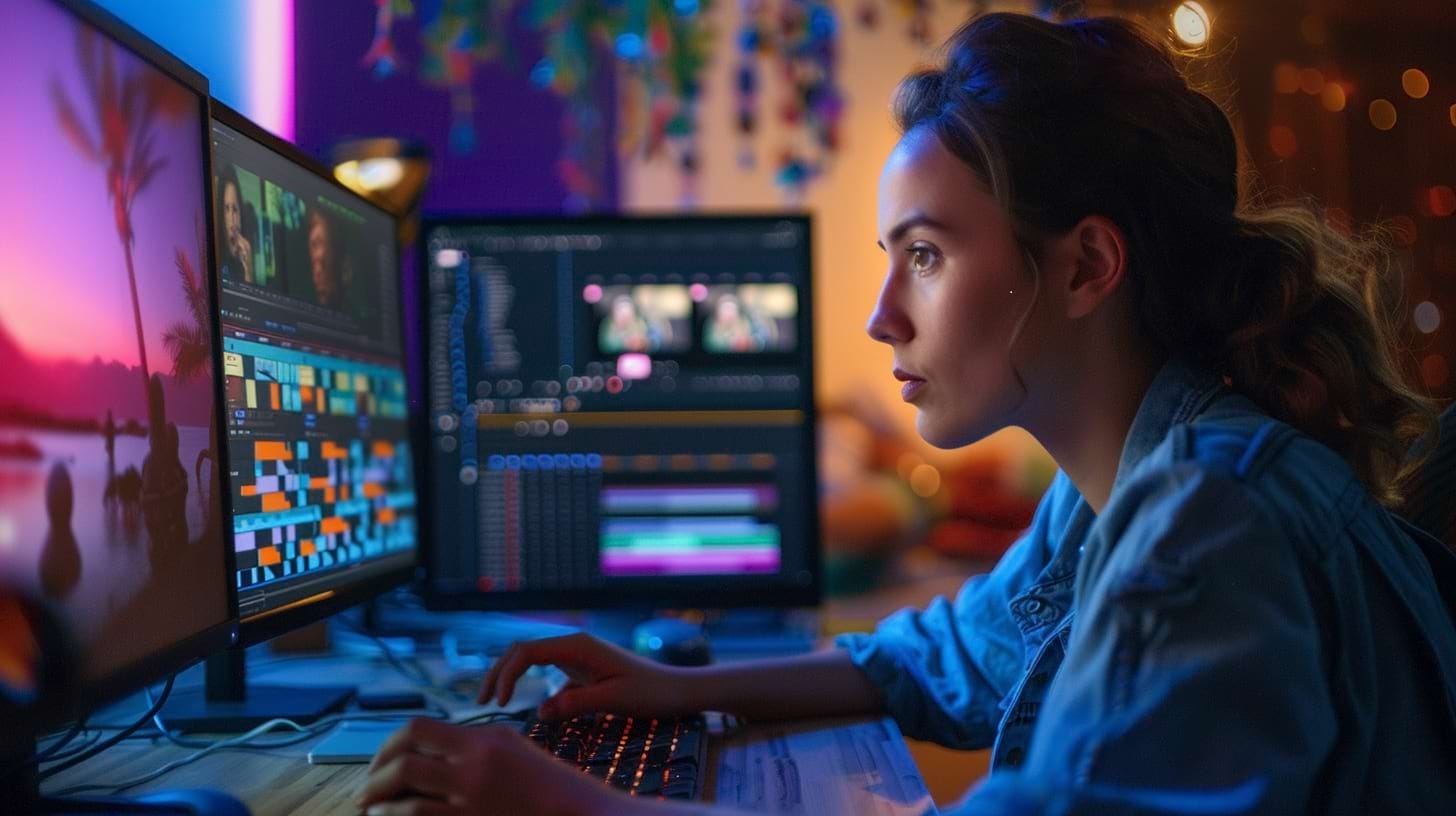
In this digital age, tools like Filmustage play a crucial role in streamlining the production process and empowering filmmakers to bring their creative visions to life with unparalleled efficiency and precision. By harnessing the power of AI-driven technology, Filmustage simplifies script breakdowns, facilitates location scouting, and enhances collaboration among team members, ultimately enabling filmmakers to focus on what matters most – crafting unforgettable stories that captivate and inspire audiences worldwide.
✨ With Filmustage by their side, filmmakers can navigate the complexities of on-location filming with confidence, knowing that every frame is a testament to their dedication to authenticity, realism, and the art of cinematography.
From Breakdown to Budget in Clicks
Save time, cut costs, and let Filmustage’s AI handle the heavy lifting — all in a single day.